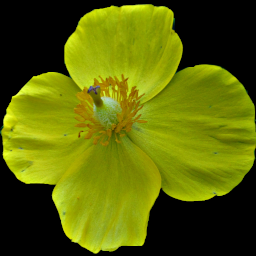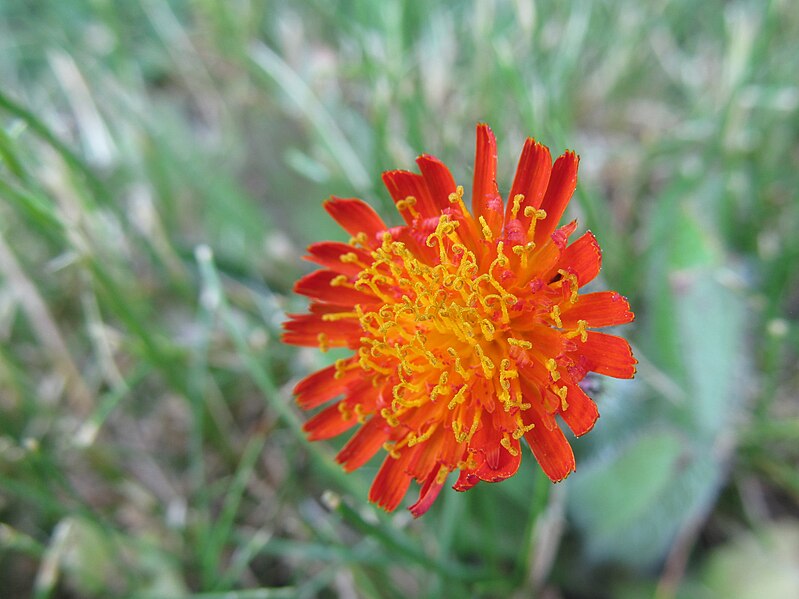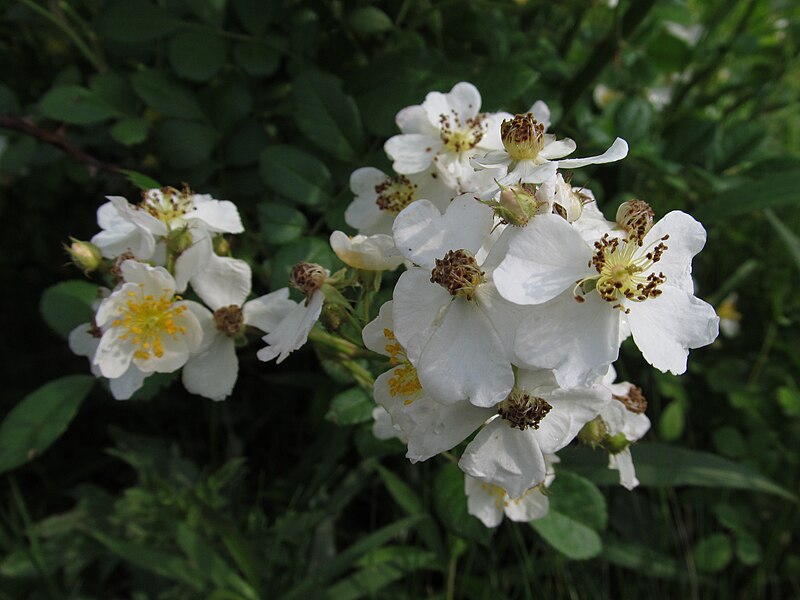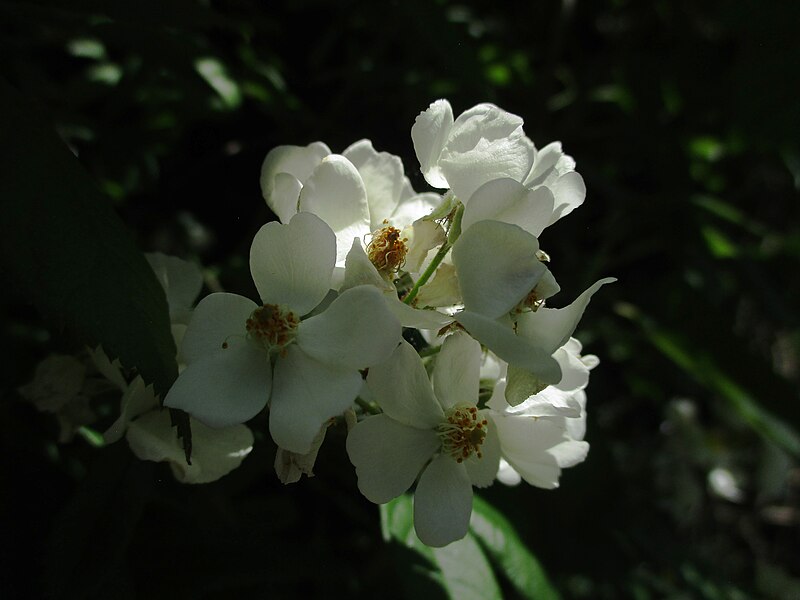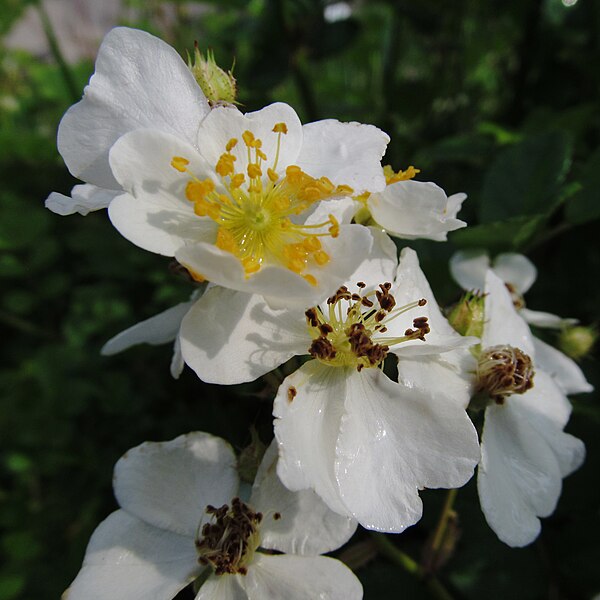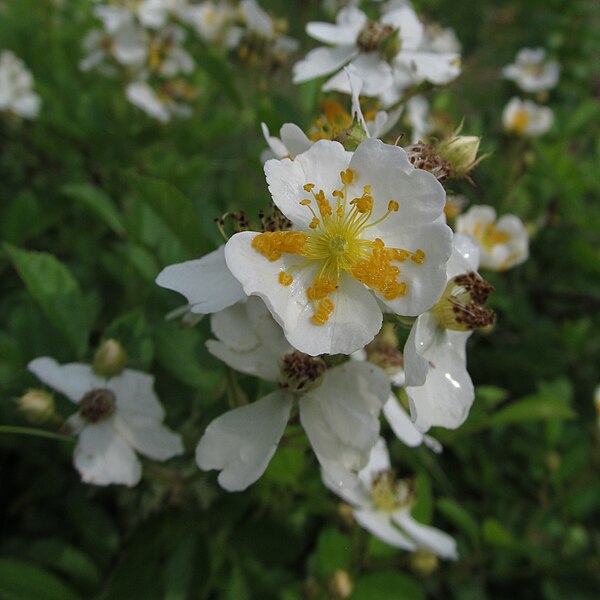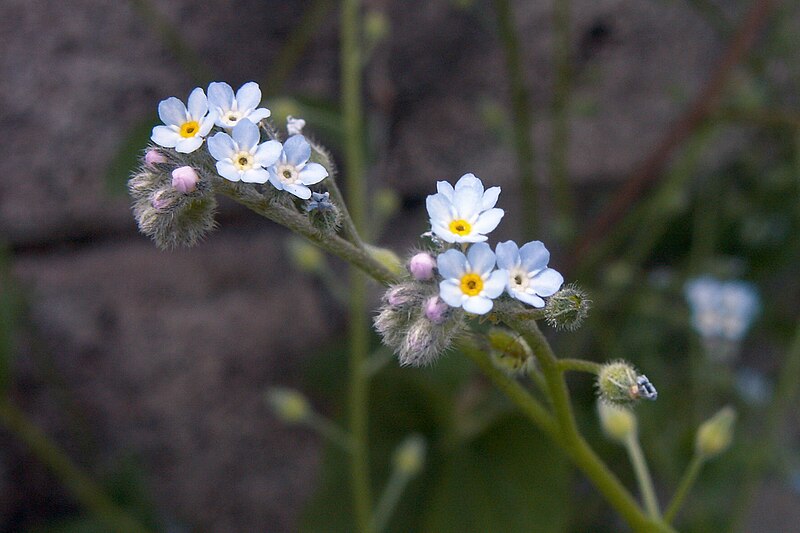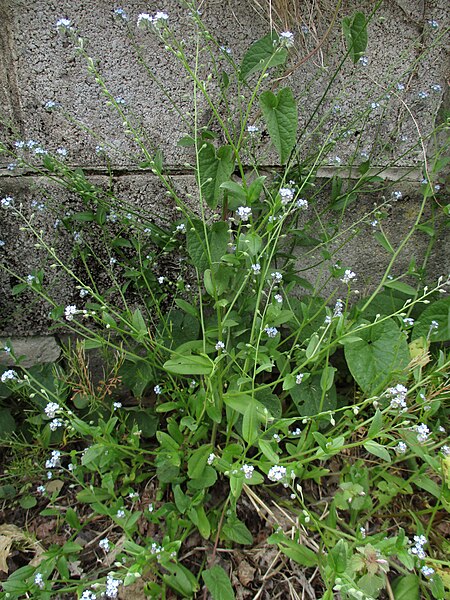
Also called “Perennial Sweet Pea,” this is a gorgeous and rampant vine that can take over a hillside, but it rewards us with these sweet-pea flowers over a long blooming season. These were photographed on June 8 in Beechview.
For a fuller description, see the Lathyrus latifolius reference page.


